New Wilier Zero SLR disc brake bike skims the UCI 6.8kg weight limit
Wilier has used its integration expertise to develop a stiff, low weight machine
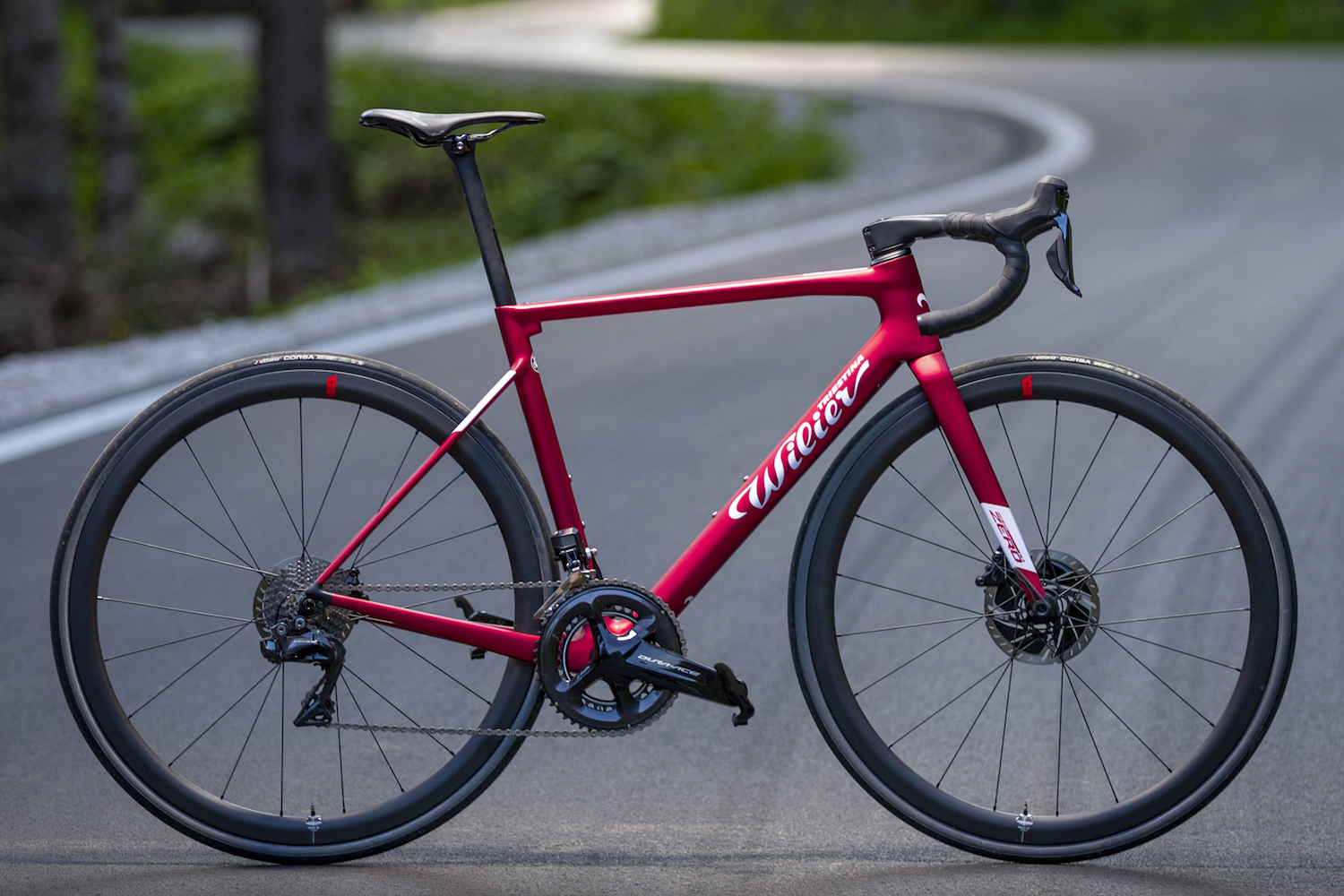

Wilier says that the new Zero SLR weights just 6.8kg with 28mm clincher tyres, while the spec raced by Total Direct Energie, with tubular tyres, comes in at 6.5kg. That’s pretty impressive for a disc brake bike and just about on the UCI weight limit for racing.
Wilier has achieved that weight while also increasing the frame stiffness over its older Zero.7 and Zero.6, with a stiffness to weight increase of 24%. The claimed frame weight for a painted (matt black) size medium frame is 780g, paired with a 345g fork. Wilier has made use of a new high modulus carbon fibre with a liquid crystal polymer incorporated into the resin and a multidirectional fibre mesh, which it says also improves the damping qualities of the frame.
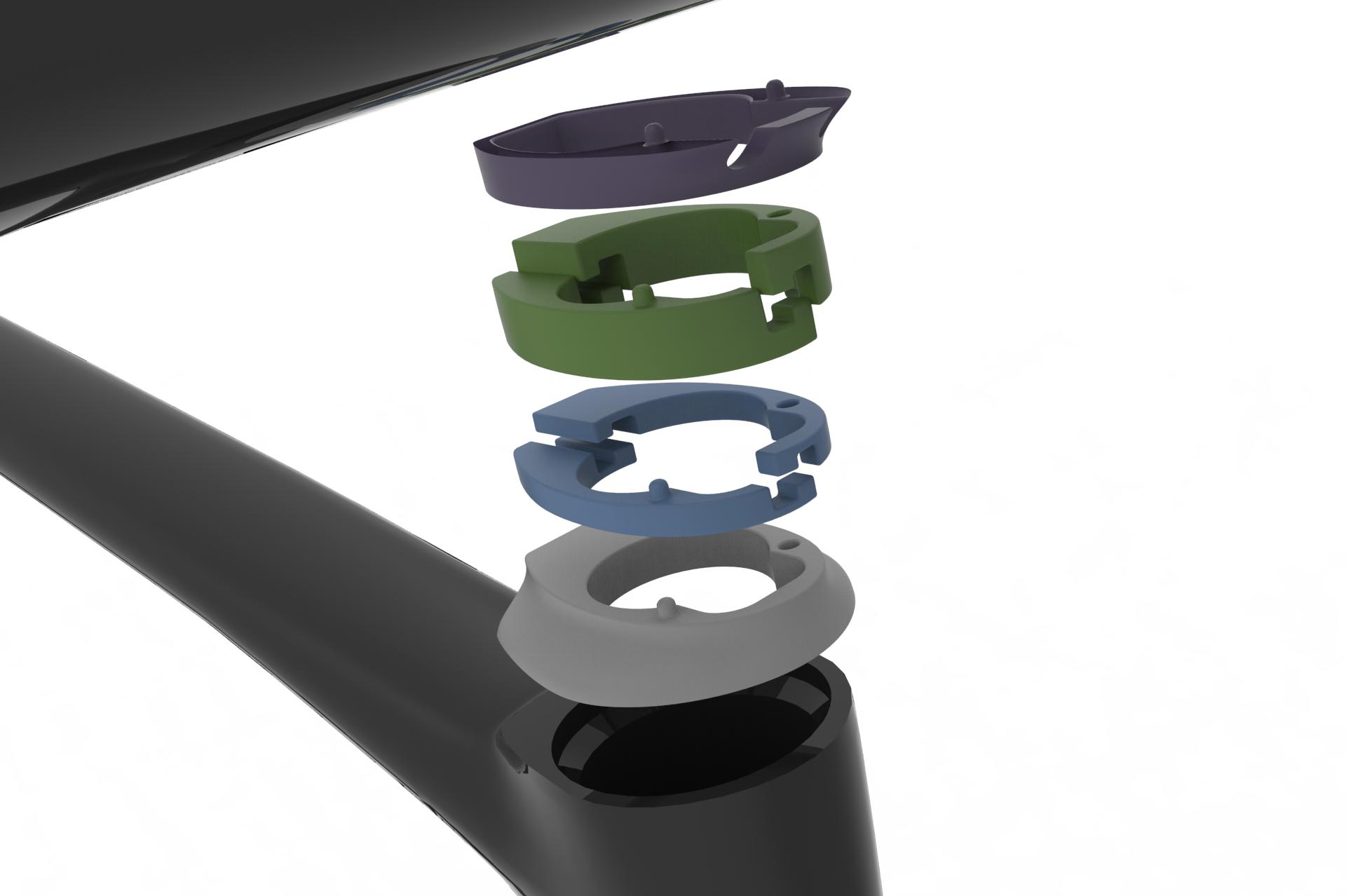
But Wilier hasn’t stopped at the frame and fork, taking an integration approach to pare weight from the whole bike – for example, it uses a harder carbon composite in the headset spacers, allowing it to reduce weight without losing steering rigidity. The Zero SLR comes with 30mm of spacers in 10mm and 5mm height. Each spacer comes in two parts, making it easy to raise and lower the front end without needing to remove the cables, which run inside the spacers, or the bar.
Since it launched the Cento10Air in 2016, Wilier has designed bars and stem for its top end bikes that fully enclose its cable runs. It has a new integrated bar/stem design for the Zero SLR, which continues the trend, leading to a very clean look to the bike’s cockpit.
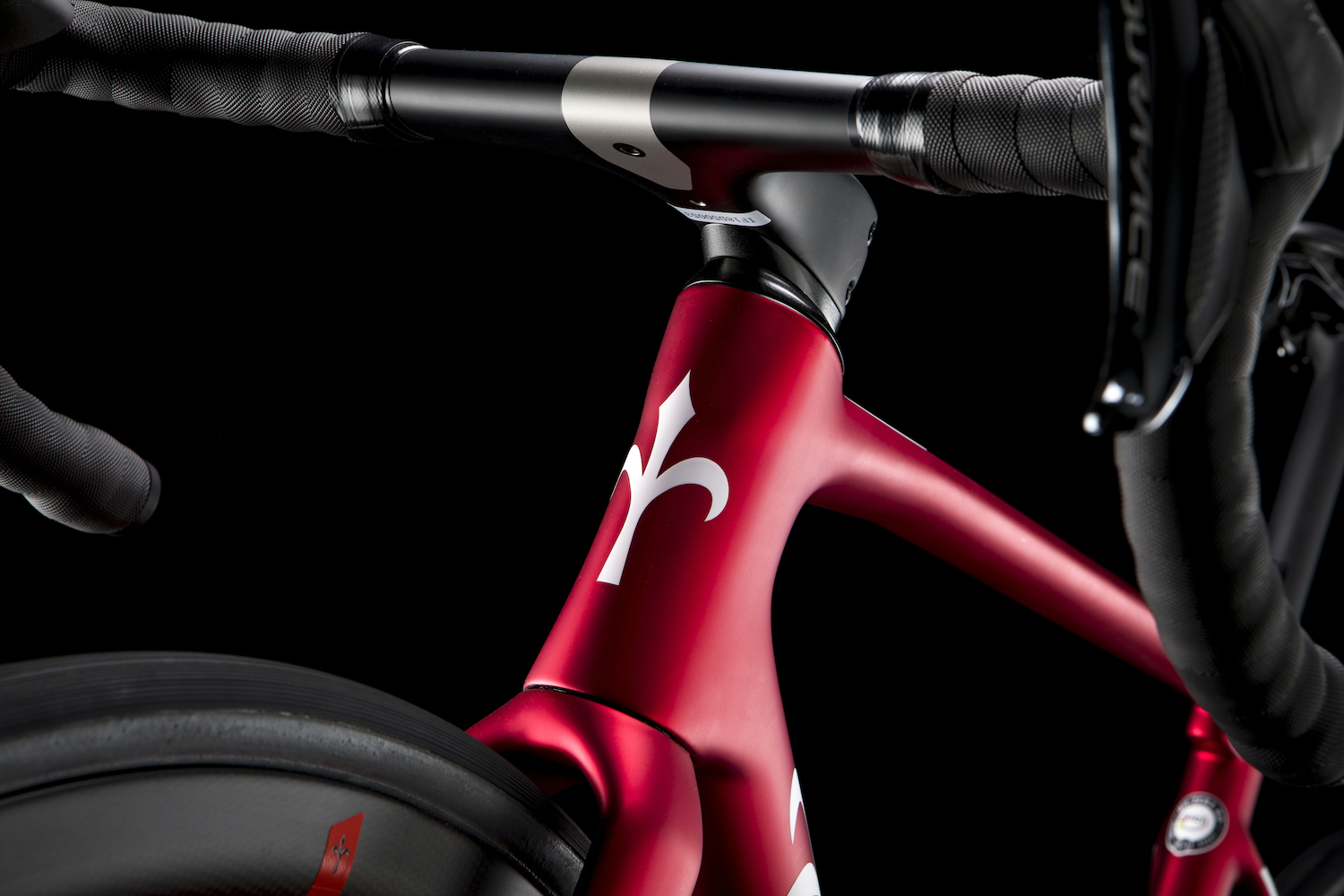
There’s a slight oval cross section to the tops of the Zero bar, for a more comfortable hold without the full-on aero profile of the brand’s Alabarda bar/stem combo. The bar comes in five length/width combinations, including 130x400mm, the preferred sizing of Direct Energie’s Nikki Terpstra. Wilier says that the 100x420mm Zero bar weighs 330g.
Aero profiles
Although Wilier hasn’t aimed for an aero bike due to the weight implications, there are aero features such as the kammtail seatpost and seat tube, which should help the Zero SLR cut through the air. The fork legs have a wide stance, a feature that Wilier uses on its aero bikes too, which reduces turbulent interactions with the rotating front wheel.
Other nice features include a seatpost head that can be swapped between 0mm and 15mm setback. An integrated seatpost clamp keeps the seat tube/seatpost junction clean looking.
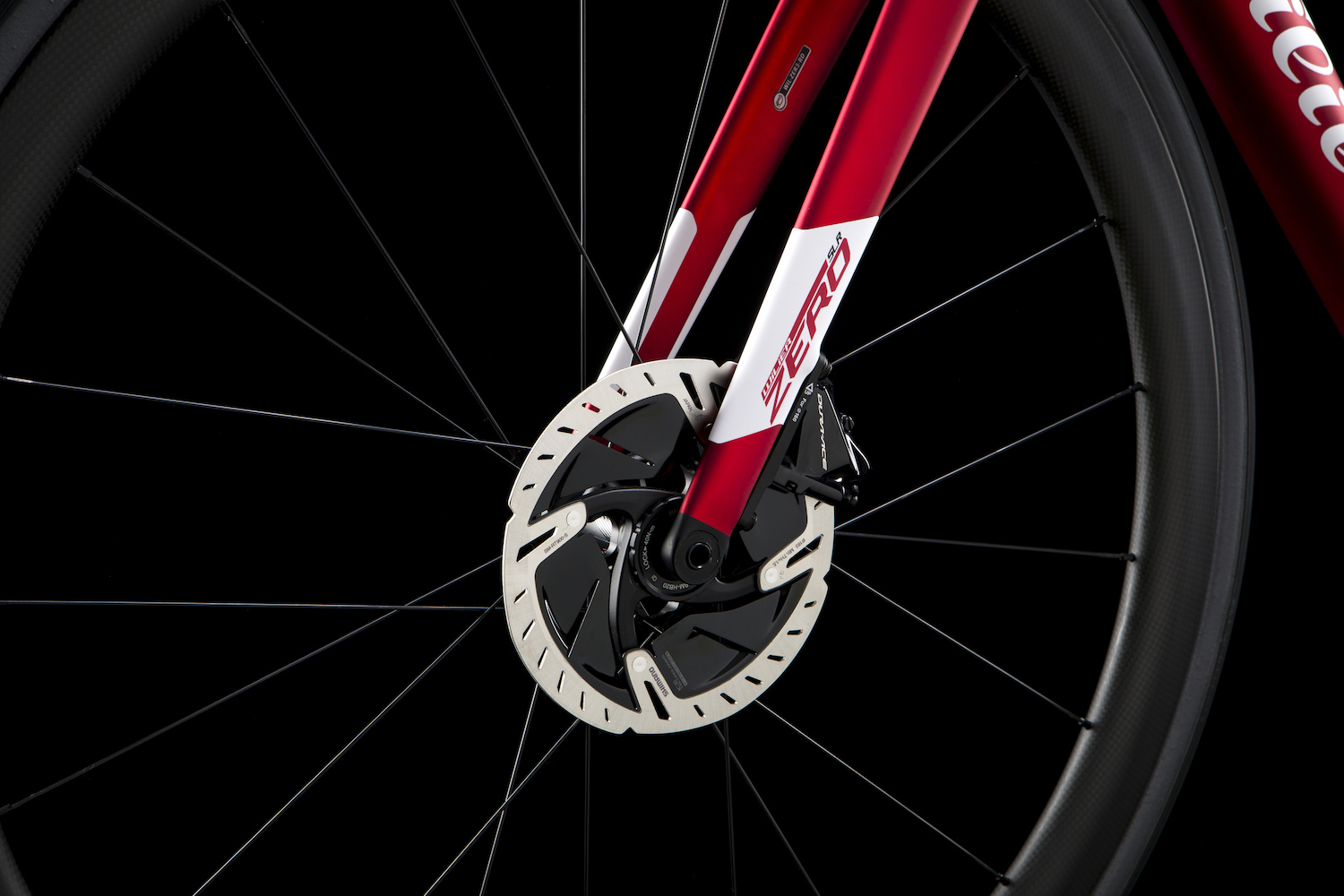
There’s also asymmetry built into the Zero SLR. That’s true of the chainstays and seatstays, but also the fork, where the left leg is wider than the right, to cope with the forces from the disc brake caliper. Wilier uses 1¼ inch headset bearings top and bottom to ensure steering precision.
Wilier has specced Mavic’s Speed Release quick release thru-axle system, designed to allow fast wheel changes with a disc brake system. It reckons it’s faster than a quick release, as the left side of the thru-axle is a dropout design, allowing for rapid axle removal. There’s a built-in torque limiter, preventing damage to the dropouts from overtightening of the axle. It’s a system that seems to be gaining in popularity, with Look using it on its recently launched 765 Gravel RS gravel bike too.
A new sizing system
Wilier has also started to use its AccuFit sizing system for its bikes, including the Zero SLR. It points out that conventional reach and stack data don’t allow fitters to determine the optimum set-up for a rider with precision.
With AccuFit, Wilier will provide data for reach and stack from the bar, rather than the top of the head tube. It points out that for one set of rider bike fit data, there are 210 combinations of frame size, stem length and bar height that would allow the rider to achieve the same relative position for the bar, saddle and pedals.
AccuFit data is designed to make the selection of the right combination easier. Wilier says that it will extend its data for AccuFit to other points on the bike, such as the position in the drops and at the front of the bar’s bend.
The Wilier Zero SLR will be offered in six sizes, from XS with a 511mm top tube up to XXL, whose top tube length is 587mm.
Riding the Wilier Zero SLR
The proof of a bike is always in the riding and when I went out to the launch of the Zero SLR, I had the chance to take in a 50km group ride from Bassano del Grappa to Asolo, including over 700m of climbing.
The next day, Wilier let us head out on our own. I took in the 1700m climb to Monte Grappa, with the last 700m above the snow line, so I had plenty of opportunity to appreciate the new bike’s climbing capabilities. I came away impressed.
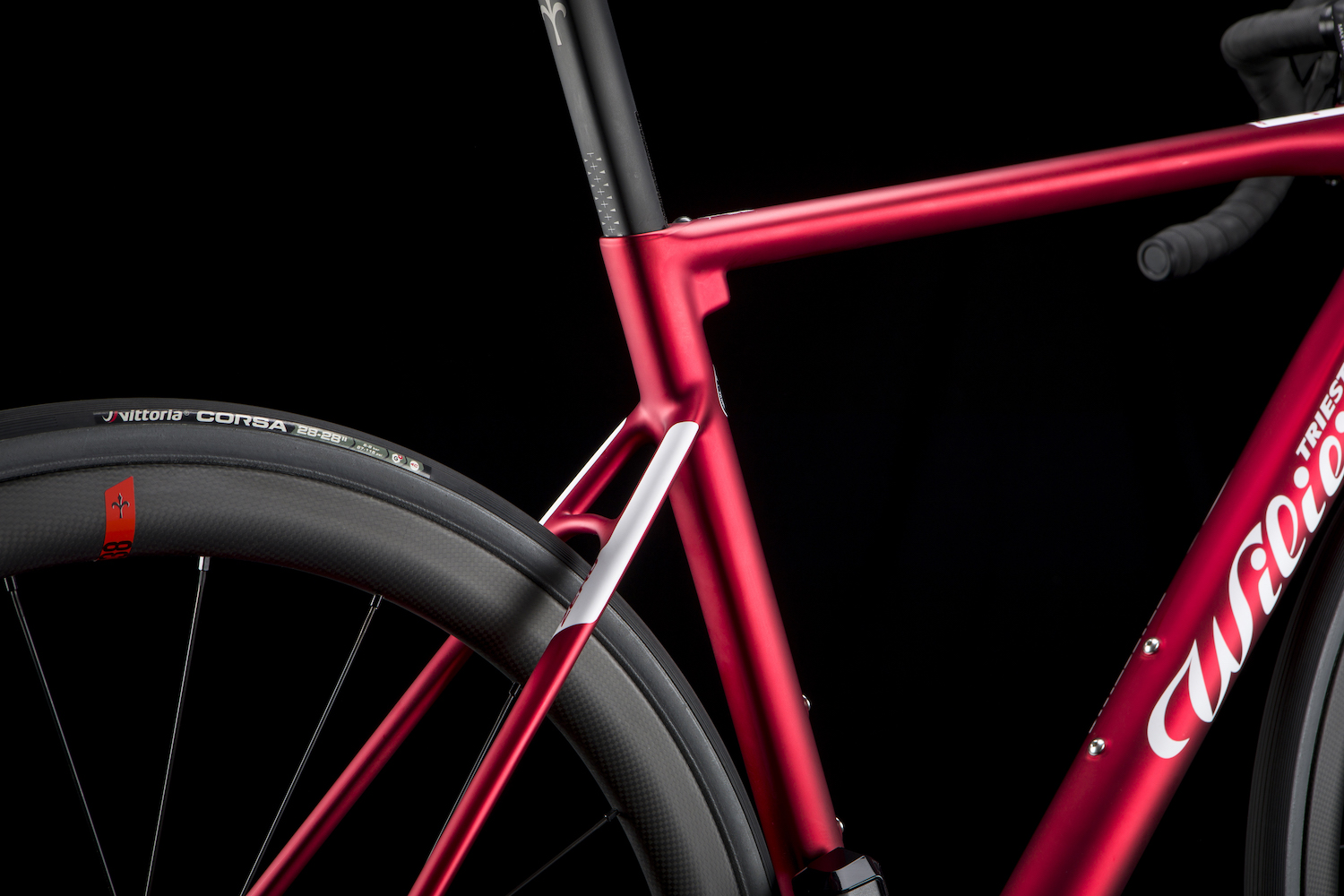
The Zero SLR has the characteristic Wilier feel, with excellent power transfer and a lively ride that doesn’t beat you up on longer excursions. The back roads in northern Italy aren’t all smooth tarmac, but the Zero SLR, riding on 28mm Vittoria Corsa tubs always felt comfortable and controlled.
Wilier says that it designs the carbon lay-up and tube sections of different size frames in its bike to ensure consistent handling across the size range.
After 25km of steady climbing to the Rifugio Bassano at the top of Monte Grappa, I appreciated the Zero SLR’s lack of weight. Coming back down, the stable handling and dependable braking from the Dura-Ace disc brakes came to the fore; it’s good to have the confidence that your brakes will stay the course on such a long descent.
And not only is the Wilier Zero SLR an accomplished, lightweight ride. With its clean lines and hidden cabling it looks great too.
Models and pricing
The Wilier Zero SLR will be offered at 12 spec levels. All feature electronic shifting, either cabled or wireless, as the internal channels in the cockpit and headset do not allow enough space for mechanical cable runs.
Wilier will offer the Zero SLR in three different frame colours: black lacquer with white, metallic Admiral Blue and a rather gorgeous matt Velvet Red. With paint adding around 90g to the weight, the Total Direct Energie team will predominantly be riding the Zero SLR in black, switching to the Cento10Pro for flat stages.
Euro prices for the Zero SLR range from €7700 for a SRAM Force eTap AXS bike with Wilier’s new NDR38KC carbon tubeless clincher wheels up to €11,200 with SRAM Red eTap AXS with Wilier ULT38KT tubulars or Fulcrum Racing Zero Carbon clinchers.
All specs are equipped with the Zero integrated bar.

Thank you for reading 20 articles this month* Join now for unlimited access
Enjoy your first month for just £1 / $1 / €1
*Read 5 free articles per month without a subscription

Join now for unlimited access
Try first month for just £1 / $1 / €1
Get The Leadout Newsletter
The latest race content, interviews, features, reviews and expert buying guides, direct to your inbox!
Paul started writing for Cycling Weekly in 2015, covering cycling tech, new bikes and product testing. Since then, he’s reviewed hundreds of bikes and thousands of other pieces of cycling equipment for the magazine and the Cycling Weekly website.
He’s been cycling for a lot longer than that though and his travels by bike have taken him all around Europe and to California. He’s been riding gravel since before gravel bikes existed too, riding a cyclocross bike through the Chilterns and along the South Downs.
-
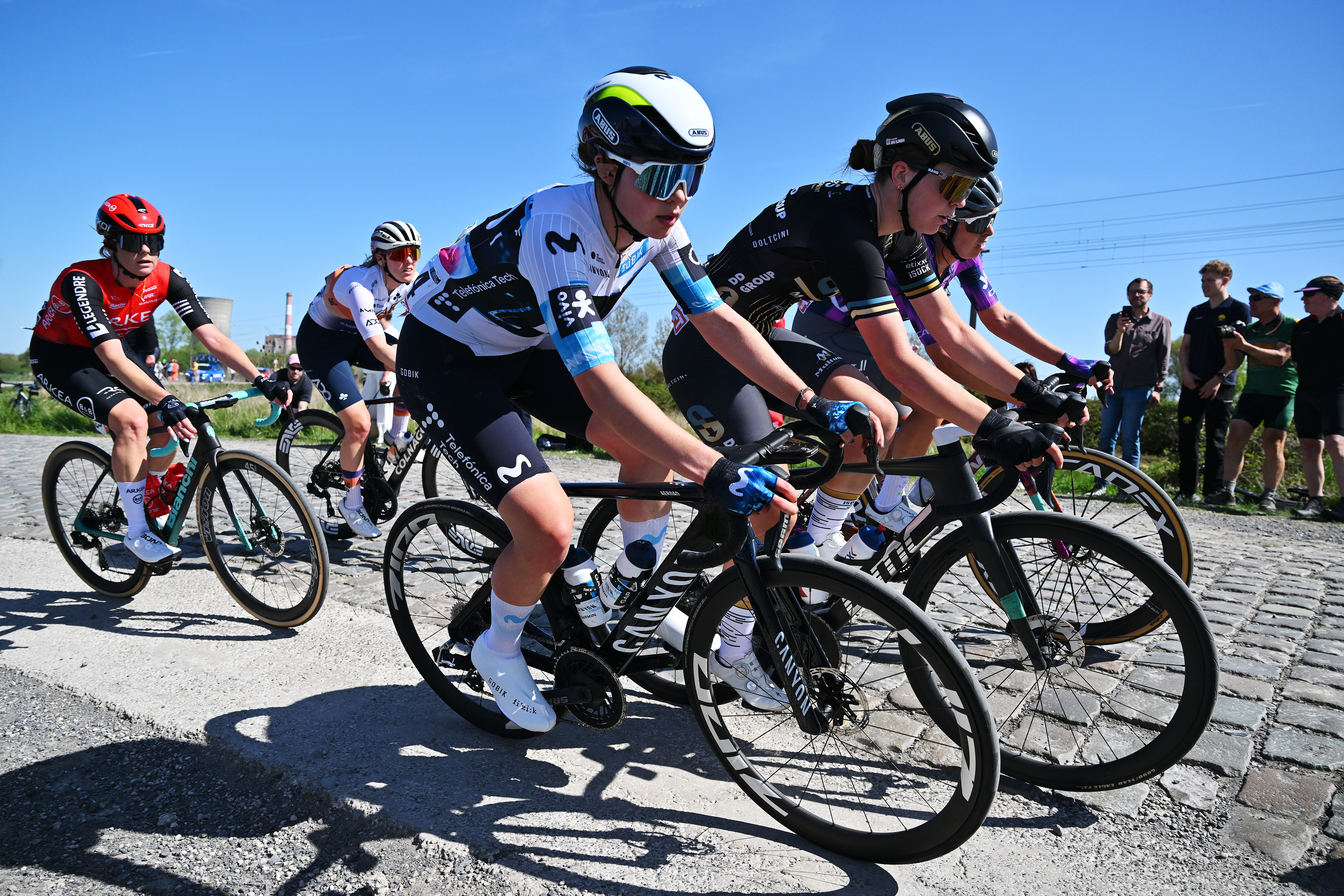 'I have an exam in a month and a half' - Carys Lloyd becomes Paris-Roubaix's youngest ever rider
'I have an exam in a month and a half' - Carys Lloyd becomes Paris-Roubaix's youngest ever riderBritish teenager and A-Level student makes it to the velodrome on debut
By Tom Davidson Published
-
 'I wasn't thinking about winning, I just wanted to make SD Worx work' - Pauline Ferrand-Prévot, the accidental Paris-Roubaix Femmes champion
'I wasn't thinking about winning, I just wanted to make SD Worx work' - Pauline Ferrand-Prévot, the accidental Paris-Roubaix Femmes championVisma-Lease a Bike's star Frenchwoman was never supposed to ride Roubaix, but her presence paid off for her and her Dutch team
By Adam Becket Published